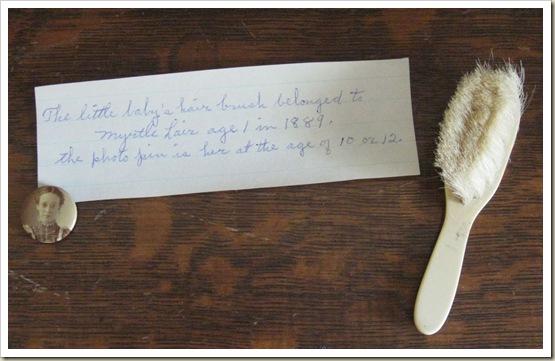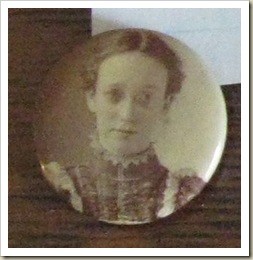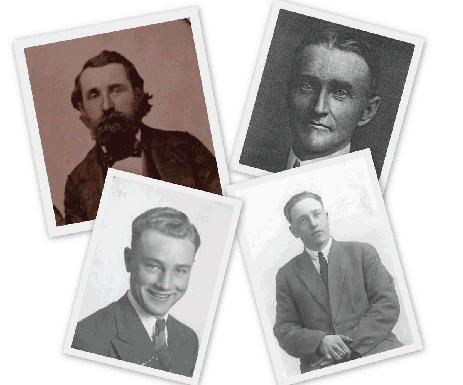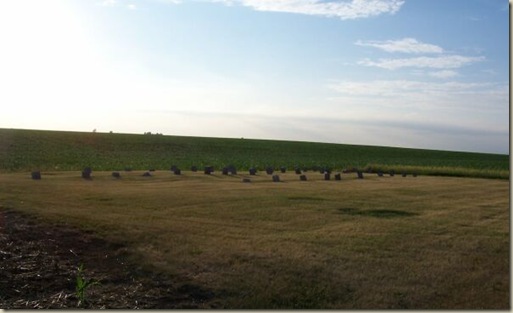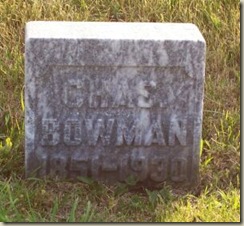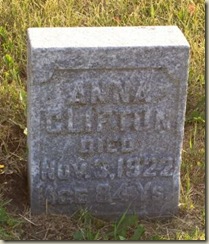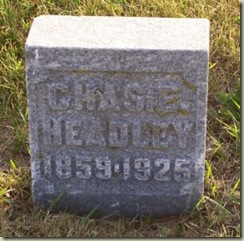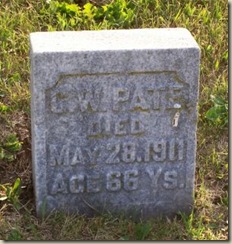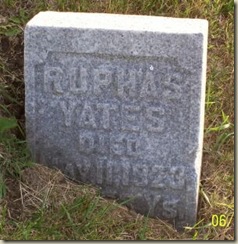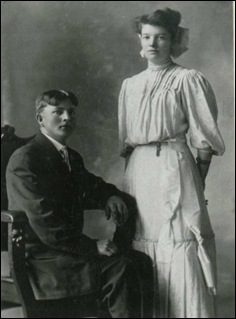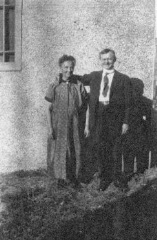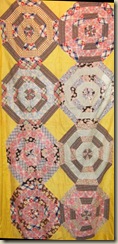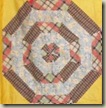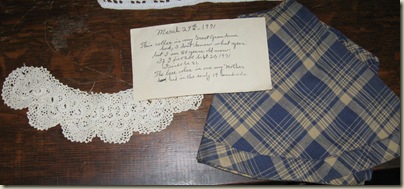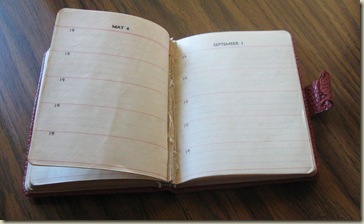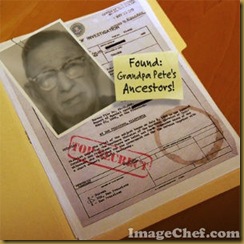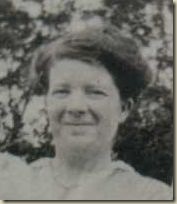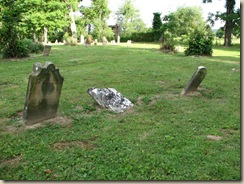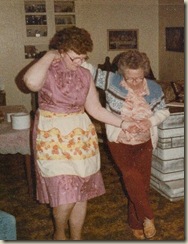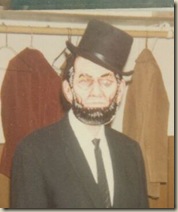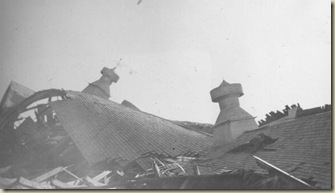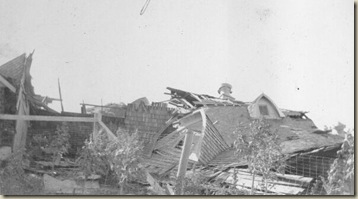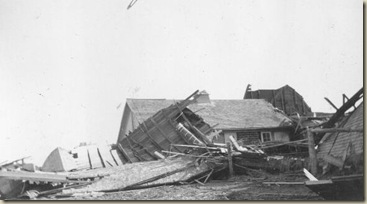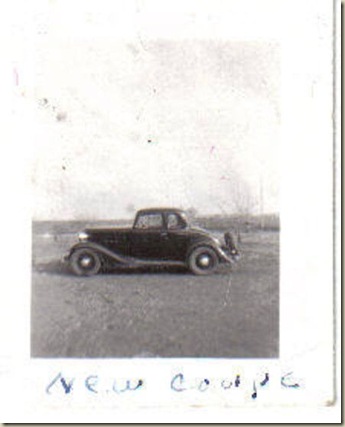The Genealogy Road Trip culminated with the primary purpose for the trip: a visit to Princeville, Illinois, to the Heritage Harvest celebration at the Princeville Heritage Museum. What a great day!
In 2004, the Akron Townhouse School was was moved to the grounds of the PHM's grounds. It had closed its doors as a school in 1958, and was the last of Peoria County's one-room schools. It has been taken from a state of disrepair, to a wonderfully restored piece of Peoria County history.
We also got to witness a sawmill demonstration - this may not be new to anyone else, but I've never really thought about how boards were made, starting with a tree.
Next was an incredible demonstration by T. C. Gill, "
The StumpCarver". His creations are incredible!
The master stump-carver at work
One example of what you can do with a chainsaw and a steady hand...
Check out his website for more info, at http://www.stumpcarver.com/
The above photo depicts a typical one-room cabin of the early settlers. Incredible - from the wonderful paint job on the walls, which look like logs, to all of the materials on display. I wanted to jump the barricade and go see that old quilt on the bed behind the table, but I kept myself under control.
I enjoyed the demo of the 1920's knitting machine - she had a pair of socks in progress. Much neater than any knitting I've ever produced, and even *I* could turn a crank without messing it up! The rest of it, though, I'm not so sure about.
I learned alot from the threshing machine demonstration. Being a city kid, I had no real clue about what this machine did, but thanks to this demo and my husband's patient explanations, I have a handle on it now. :) I can also have a much greater appreciation for my great-great grandfather's steam thresher.
This short post doesn't even begin to cover everything that we saw and enjoyed today. There were numerous historical photos, tons of genealogical scrapbooks filled with old newspaper articles, obituaries, etc., a rope-making demo, crafts, a dulcimer artist, and so much more. It was well worth the trip.
Also, we have another Neat Sight of the Day -
We spied this pair of handsome roosters grazing in the ditch outside of the Dollar General store in Wyoming, Illinois. All in all, a fun day.
But wait - there's more - our day also included an awesome Bonus Event, which will be another post.
